Pond Inlet’s tiny home seen as chance to ease housing crisis
‘All we need is sea cans,’ hamlet administrator says of tiny homes made with reused materials and less than $20,000
On display in front of the Hamlet of Pond Inlet’s office is a tiny home made from a sea can.
It took two weeks to construct, has the potential to be expanded both in size and number, and can be used as transitional housing for people waiting for a housing unit and needing to get away from crowded homes, said senior administrative officer Dave Stockley.
And it cost no more than $20,000.
“[The home is] a fantastic opportunity to help a lot of people,” Stockley said. “All we need is sea cans.”
The Government of Nunavut’s Family Services Department gave the hamlet $40,000 at the beginning of April for the project. The contractor working on the model home finished it May 20.
At one end of it is a booth-style table. Beside that, a wood-burning oven in the middle of the room, and a kitchen counter with two cupboards up against the wall.
There’s a door next to the counter that leads to a tight bedroom with a bunk bed that can sleep two people.
The interior is painted orange and blue.
Each unit is light enough that a forklift can pick it up and move it to another part of town, but is solid, well-insulated, battery-powered and easy to maintain, Stockley said.
It’s possible to attach more sea cans to expand it, he said, and add an electrical panel, water and sewage tanks, and a shower. Additional containers can be placed on the top, side or the back of the first one.
The first tiny home measures six metres by 2.4 metres (20 feet by eight feet), but the homes can vary based on how many sea cans are used. The hamlet would like to see 10 sea-can homes, ranging in size up to 12 metres by 4.8 metres.
For no more than $50,000, the hamlet with a population of about 1,500 could build a two-bedroom unit that residents could live in temporarily, he said.
“There’s just so many options,” Stockley said, adding the hamlet could even attach solar panels to the units.
“I would love for us to be able to start a subdivision of these houses for temporary homes.”
A contractor hired by the hamlet uses a space in the old curling rink to convert sea cans into tiny homes.
Pond Inlet spent about $300,000 to refurbish the rink and turn it into a new inventory centre with a garage in the front — work that was completed about two or three months ago.
Stockley said at least three tiny homes could be worked on at one time, which would create five or six jobs.
“It’d be amazing what the output would be,” he said. “It’d be great for employment. And it’d be something new for Nunavut.”
Now, it’s just a question of whether the territorial government is willing to fund the idea so Pond Inlet can make more for its community, Stockley said.
His hope is that a subdivision of tiny homes could be made there.
Tununiq MLA Karen Nutarak said money for the tiny homes is something she could see herself lobbying the government for.
She said Nunavut Housing Corp. is already looking for ways to build cheaper units in communities outside of Iqaluit, Cambridge Bay and Rankin Inlet.


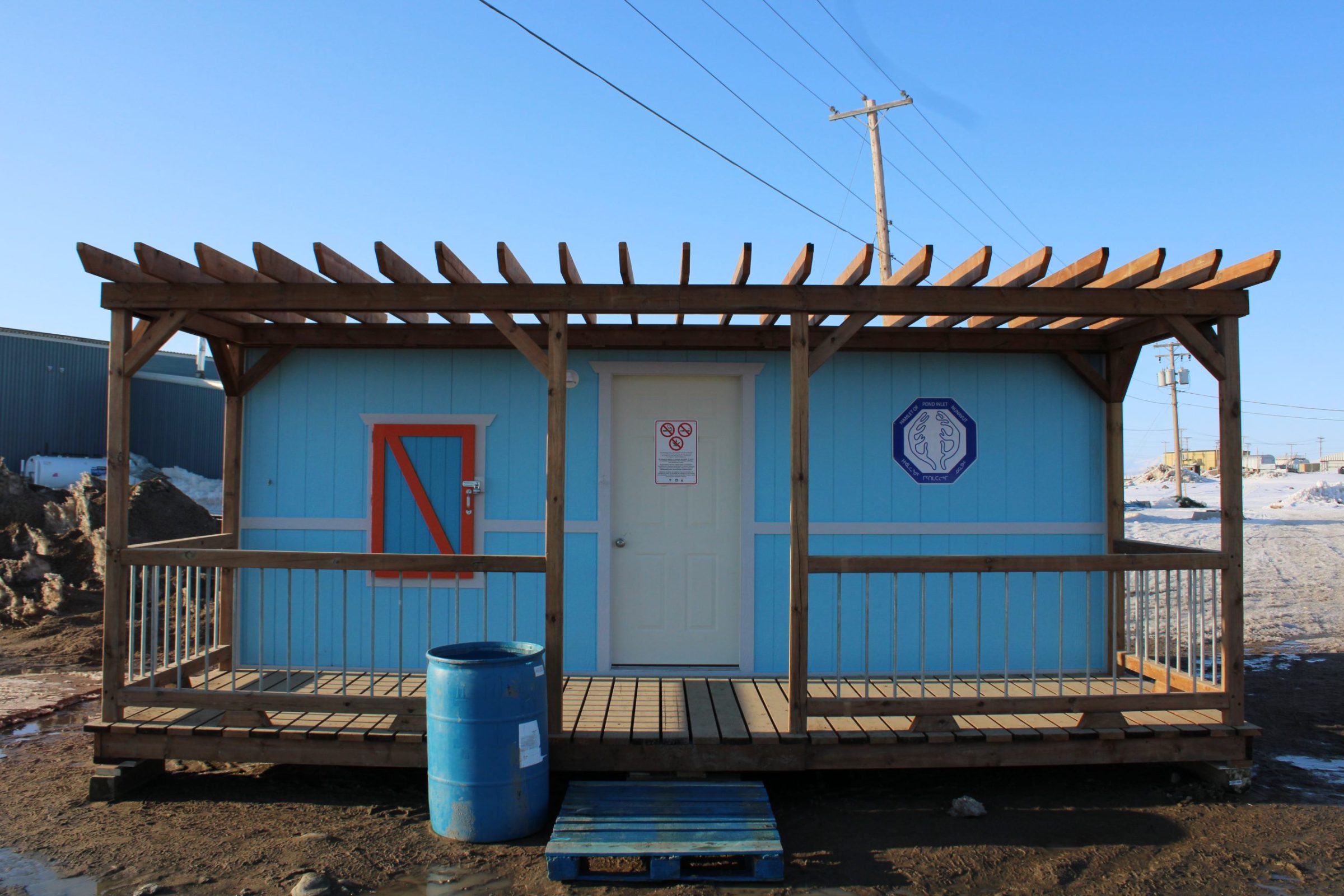

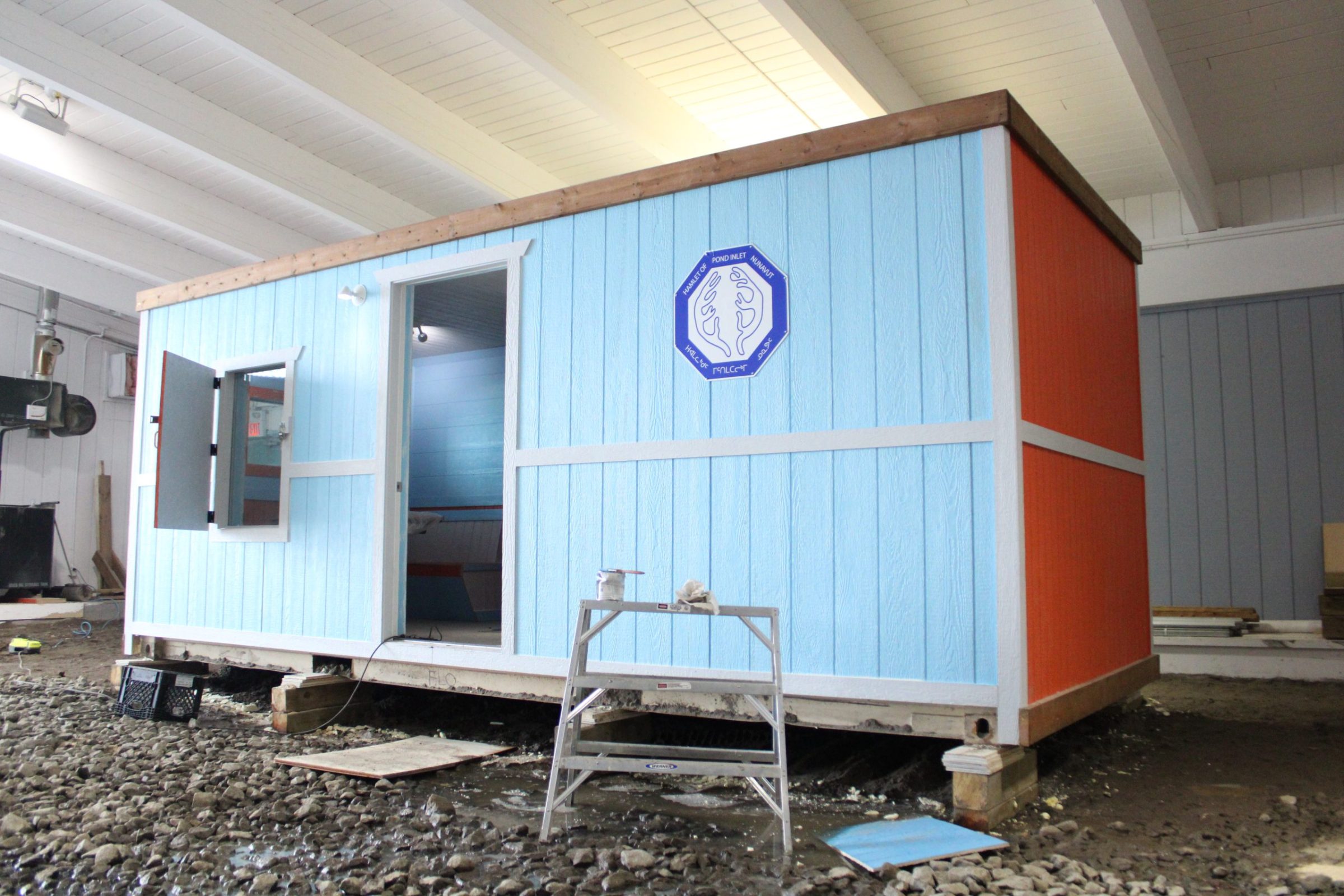
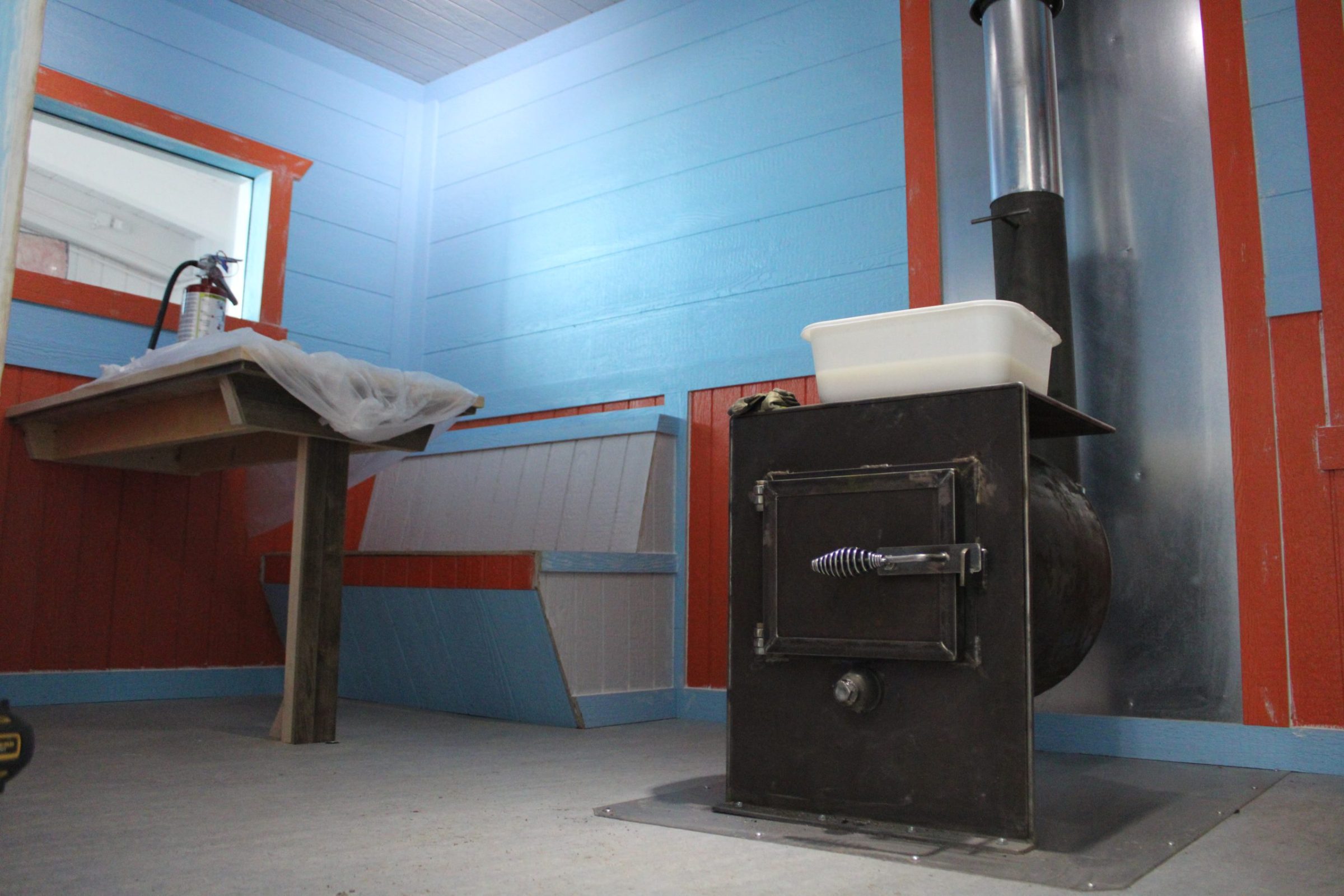
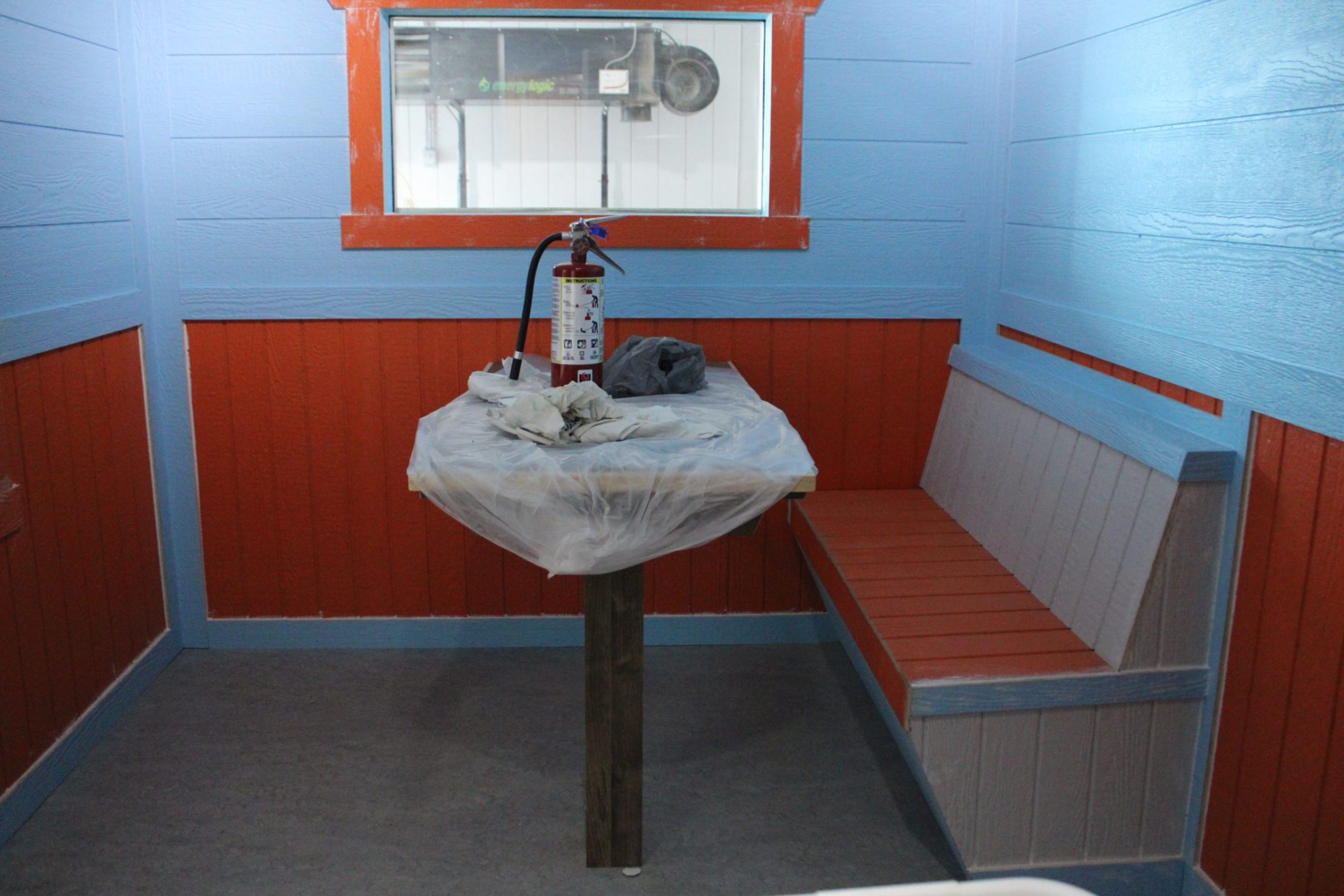
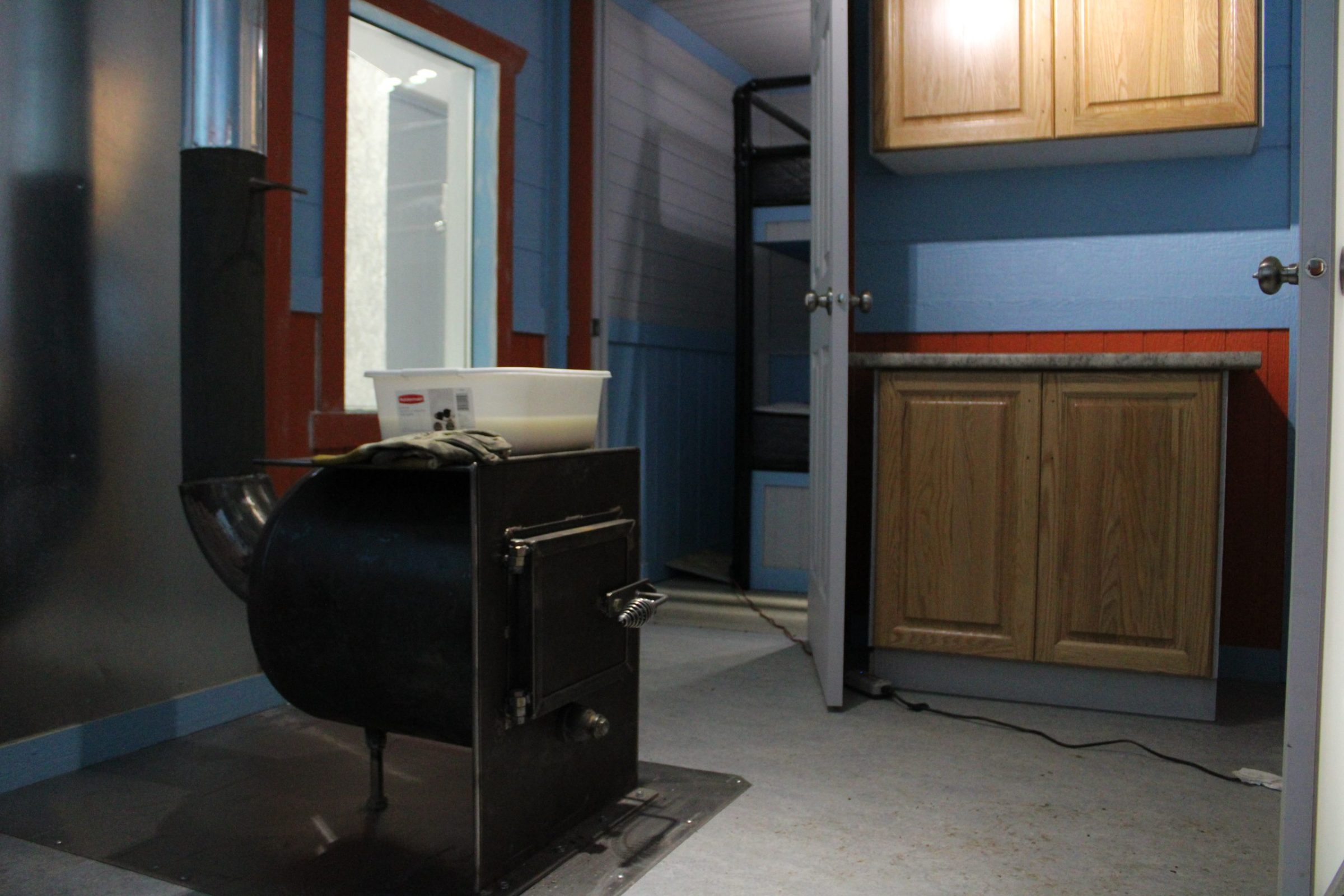
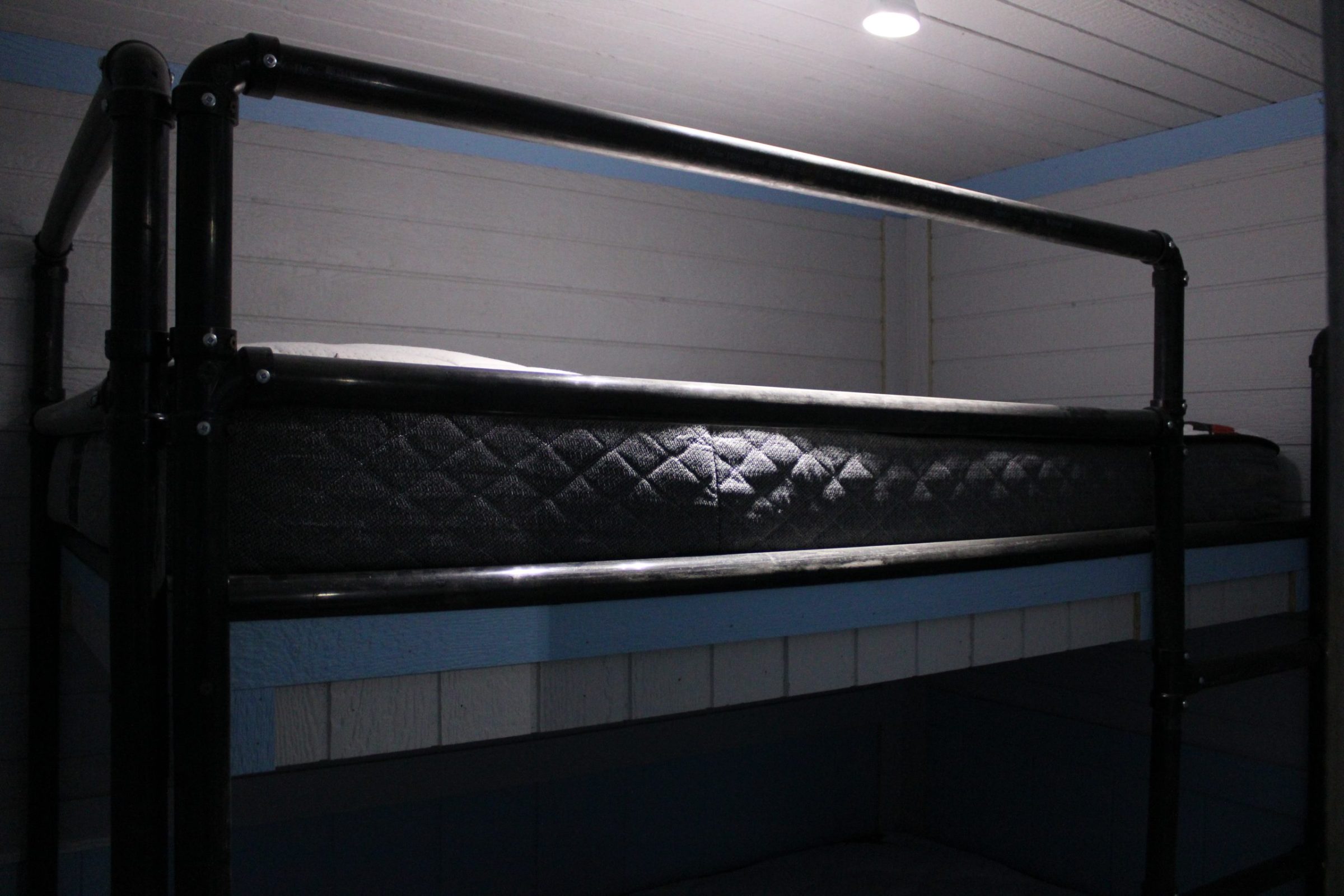




Love this idea. This should catch on in other communities too. People all over the south live in portable homes or trailers. This is a northern version of the same thing, and absolutely doable to house singles, couples or a single parent with a child.
It’s good to see that someone is trying to actually do something about housing in Nunavut.
.
Step 1 – something has been built. Good.
Step 2 – some people have to live in it, to see what’s good about the house and what needs to be improved.
Step 3 – design / buid something better.
Step 4 – people need to live in the better house and see how it can be improved.
I hope the GN don’t use your idea when they get the $$$ for the housing crisis in Nunavut 🙁
Such a great step! How about the GN funds a scheme: we give you the basic first sea can house at cost and if in 10 years you expand to 2 more at your cost, it’s forgiven and you own it!
This must not be permitted.
How can we get away with charging the GN $1,000,000 per unit when people in Nunavut can build their own house for $20,000.?
.
True Dough, you must stop this. It must be unconstitutional. It is certainly against confederation.
.
Think of the poor southern construction companies.
40k and no toilet or shower? I understand the homeless people of pond inlet are needing housing but this is a shack, it would be really sad to see a whole subdivision of overpriced shacks. Not to mention the long term health impacts.
Reminds me of matchbox houses but worse.
I also hope the government of Nunavut doesn’t deploy shacks with the funding, Inuit need long term housing and adequate living conditions, this is not it.
This is just a cabin. Of course there wouldn’t be a toilet and running water…
The hope is to see big picture potential of what could be done with a bigger shipping container. You could even stack them and create bedrooms upstairs
The article says “ On display in front of the Hamlet of Pond Inlet’s office is a tiny home made from a sea can.” which makes it sound like it’s an actual home for Inuit to live in!
It also says they can be used as a transitional home but where are they transitioning to?
Who will own these sea-shacks? What happens if there’s a fire? There’s usually a shack fire here in Iqaluit every once in a while too! Does the hamlet cover the insurance?
It’s really sad to put already vulnerable people in such living conditions.
The sea-shack area of town will start looking like a refugee camp, not to mention how you can’t exactly throw away those sea cans once their lifecycle is done, just gonna create huge waste problem for the environment.
Maybe the SAO will be gone but his sea shack legacy will be an eye sore for generations to come. Sad.
There’s an old saying about some people not being able to be choosers and this is exactly it.
.
The government has no obligation nor should it ever develop a program where it makes an obligation to give Inuit free housing. When 85% of all homes in Nunavut are social homes reserved for people on welfare, we need to stop. Yes people may die and yes people may suffer, but enabling another generation to not take one of the 1000s of jobs because they prefer to do nothing and pay $60/mo rent is ridiculous. No job, no housing. No other government in Canada enables people with housing like Nunavut does.
So we’re just going to ignore that one of the main concerns about living in a converted Sea Can is that you CANNOT vouch for the contents of said container. You see southerners looking to buy Sea Cans for cottages stressing the importance of buying NEW containers so that you aren’t living on a floor soaked in chemical soup.
Just like the USA is run by the gun making companies that control the US gun lobby, Canada is run by the “development industry” that finances the major Canadian political parties.
.
The government in Ottawa does not give Nunavut money for housing. The government in Ottawa gives money to the southern construction firms. Nunavut is just a financial pass-through. Dropping a few houses in Nunavut is just the political price those firms pay in exchange for the Canadian tax dollars they receive.
The government pays money to contractors to do work. Yes many are southern based. What you don’t say is that many of them win bids because they are “Inuit” companies. Your own NTI allows them and a token Inuit to start a new company with more than 50% ownership. The Inuk gets a cash kickback from the price reduction from the NNI rules and the southern contractor gets a bid discount. It’s a few wealthy Inuit who do this but Inuit nonetheless. NTI allows these companies on its business list.
51 % ownership. Is that why Nasittuq changed the partnership with PAIL (pan arctic inuit logistics limited ) to 59 ATCO 51 PAIL
Two questions
How well do these steel homes preform in extreme cold?
How good is the ventilation for the wood stove and what are the heating and power options?
What you see is a 20′ x 8′ model . The actual Tiny Homes which would be larger would incorporate a complete electrical package, 8,000 BTU AC/Heating Unit, Framing, Smart Siding, and 1/2lb Spray Foam Insulation to help regulate temperature year-round. It would include a bathroom, water tank and sewage tank.
Hey Stockley, would you live in one? I can almost guarantee the answer is no.
Running water? Sewage? Power? Ventilation and Insultation? All I see is a rather expensive shack/cabin sitting on some blocks of wood. Lets hear about it cost-wise after one has been hooked up to services and occupied for a while.
The tiny home shown is a model at 20′ x 8′ and used for a cabin. The actual Tiny Homes would be 3 to 4 times the size and would incorporate a complete electrical package, 8,000 BTU AC/Heating Unit, Framing, Smart Siding, and 1/2lb Spray Foam Insulation to help regulate temperature year-round. An additional sea can attached would include a bathroom, water tank and electrical system. The sewage tank would be in ground.
And that configuration would cost significantly more than $20K wouldnt it?. Classic bait and switch. I can bring up a pre-fab cabin with all the mod cons for less than the price of one of these so what’s the benefit?
As you know pre-fab cabins require piles for the foundation at 10k per pile. Tiny homes using seacans either 20′ or 40′ can be built locally providing much needed employment opportunities. The GN/NHC is presently building 1200 sq. ft. homes at 1.1 million each with no plans to build in many areas in 2023. If you haven’t seen what can be done with seacans just go on the internet and query tiny homes or even go to Amazon.com and query tiny homes. The designs are fabulous and the cost is affordable for locals to be able to benefit from owning their own home.
Just because you can put thousands of displaced people into refugee camps doesn’t mean it’s a good idea.
You can also google “life cycle” of sea cans to find out that they actually end up costing more than an average home to build.
There’s a reason why there is building regulations down south, to think that you can bypass basic building regulations is uneducated to say the least. But hey you have “construction knowledge” and you can sleep soundly knowing you won’t be living in the sea-shacks. Also your pay check is guaranteed so no big deal for you and your family back down south.
a great way to generate discussion on the housing situation, which can only result in improvements to the tiny home.
Baffin$land will have lots of sea cans for you after they shut down 🙁
Did Hamlet Councils approve this? Are local Inuit working on this too? Or are they only from south contractors?